We rely on our smartphones more than every before, so it’s vital that your wireless service comes from the best phone carrier out there. And I’m well-positioned to help you do just that.
I’ve been looking at the cost of the best cell phone plans for just about a decade here at Tom’s Guide, so I’m extremely familiar with what different carriers charge for different plans and how much data you get in exchange for your monthly rate. More importantly, I’m constantly checking those prices to see what’s changed. And I take note if the plans with any added perks like complementary streaming services, overseas coverage and more.
But that’s not the only thing I take into consideration when ranking the best phone carriers. I also look at how network reach is expanding — particularly when it comes to 5G. While cell phone coverage can vary from region to region, that kind of research does offer insight into which carriers you can count on for extensive wireless connectivity.
Right now, I’d pick Verizon as the best phone carrier for its flexible plans and extensive reach. (In fact, I use Verizon in my daily life, so I’m pretty confident in that pick.) Of course, if you live somewhere where other wireless networks are stronger, T-Mobile‘s range of unlimited plans makes it the best alternative among major carriers. But don’t be afraid to consider smaller carriers like MVNOs that rely on the towers of bigger providers for their service. Trying a smaller carrier like Visible or Mint is a great way to wind up with a lower monthly bill — and some very dependable wireless service to boot.
Best phone carriers: The quick list
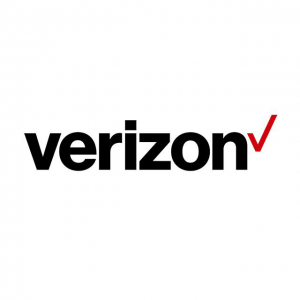
Best phone carrier overall
Verizon scores with its flexible plans featuring add-on perks you can include and drop at will. The carrier’s coverage is extensive, with its 5G network growing in size and speed.

Best alternative to Verizon
T-Mobile has best 5G coverage in addition to fast overall speeds. Multiple unlimited data plans offer attractive prices and perks, giving you greater choice.
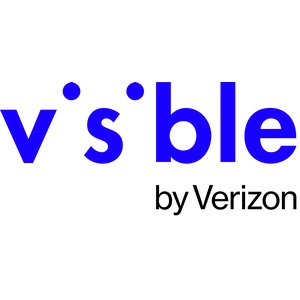
Cheap unlimited data
Visible’s two data plans deliver unlimited data at low monthly rates. Taxes and fees are included in the rate, as you enjoy the benefits and reach of Verizon’s network through Visible.

Best for bargain hunters
Mint rewards you if you’re willing to pay for its service well in advance, offering low monthly rates to people who commit to a full year. Coverage comes via T-Mobile’s stellar network.

Good prepaid, unlimited options
AT&T can be an appealing carrier, with two standout unlimited data plans available at low monthly rates, especially if you pay for a full year of service in advance. 5G coverage is expanding, and overall speeds impress.

Best phone carrier for travelers
Google Fi is a no-brainer if you buy one of Google’s Pixel phones. Travelers in particular will like being able to use your Google Fi plan overseas at no additional cost.
Load the next 3 phone carriers…
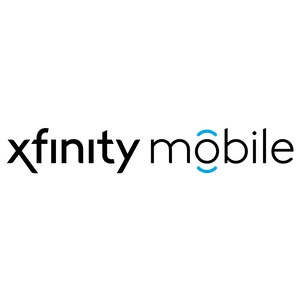
Best phone carrier for Comcast customers
If you get Comcast internet, bundle in your wireless service, too. Using Verizon’s network, Xfinity Mobile features a great rate for unlimited data, and a good discount as you add more lines.
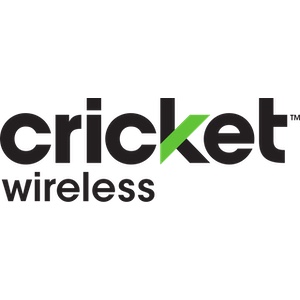
Best AT&T alternative
Get the reach of AT&T’s network while paying less for service at Cricket Wireless. You’ll find some low-priced plans along with an unlimited data plan with great perks for a prepaid option.

Best carrier for seniors
Consumer Cellular is popular among seniors, with low rates further reduced by an AARP monthly discount. Customer service can be spotty based on online reviews.

My name is Philip Michaels, and I’m the managing editor for mobile devices at Tom’s Guide. In addition to overseeing our smartphone coverage, I’m also in charge of keeping track of phone carriers in the U.S. I’ve been writing about cell phone plans for nearly a decade now, and I’ve overseen a couple rounds of cellular network testing for Tom’s Guide. When the first U.S. 5G network went live in Chicago in 2019, I was there to test how well it worked. (It’s gotten much better since then.) If there’s a phone carrier, I probably have an opinion about it, no matter how obscure that carrier may seem.
Best phone carrier overall
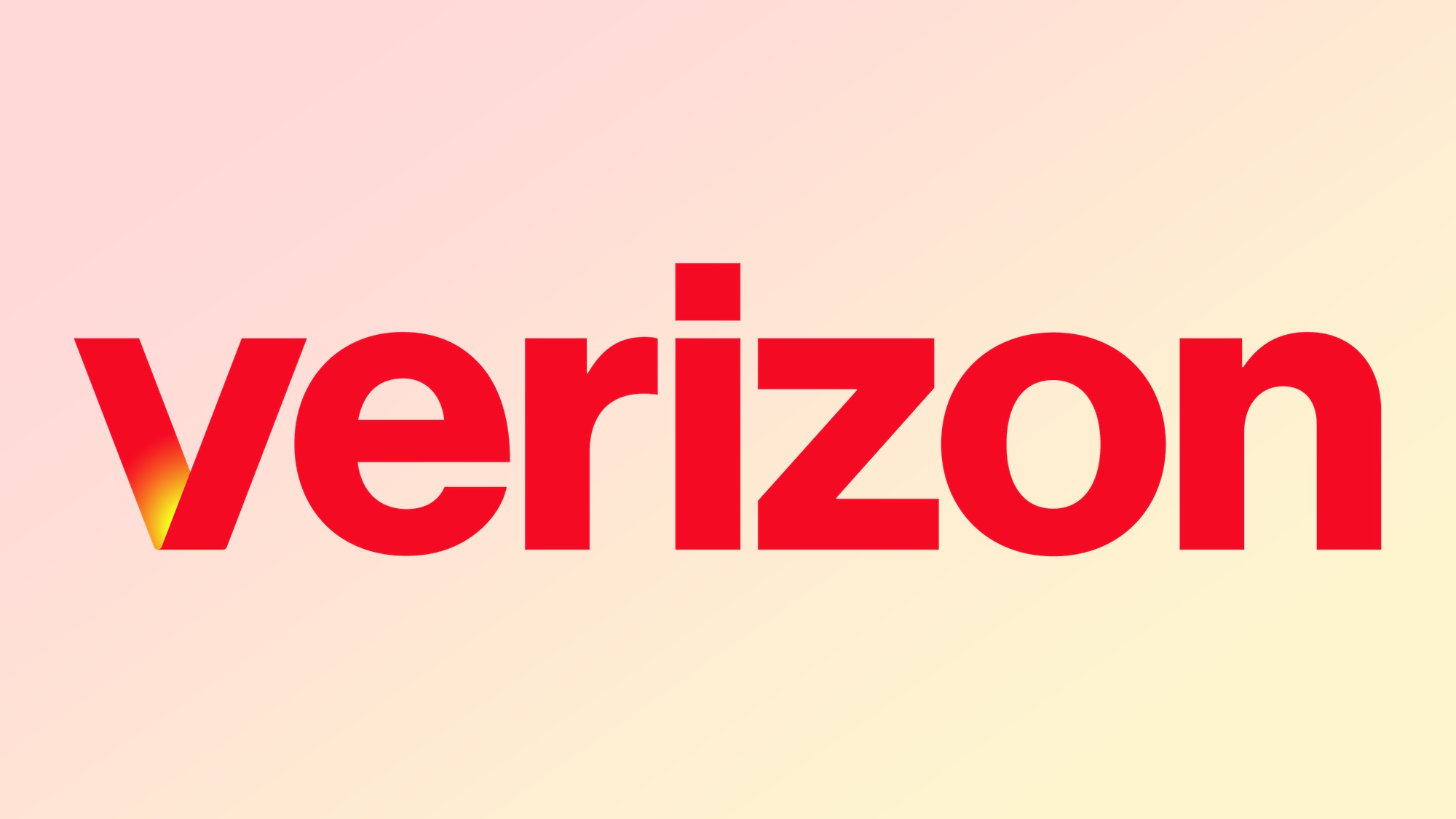

Verizon leads our best phone carrier rankings thanks to some flexible unlimited plans and a 5G network that’s rising rapidly in the rankings. Focusing on the latter, Verizon offers faster Ultra Wideband 5G coverage to around 250 million people. When we’ve tested LTE speeds, Verizon has come out on top, though the most recent Rootmetrics report covering the first half of 2024 continues to put AT&T in the lead for overall speed. Still, that same report puts Verizon in first place overall, and a separate report on 5G speed ranks Verizon as the top carrier.
Verizon’s plans remain pricey relative to other carriers such as T-Mobile, but the offering of unlimited options has gotten much simpler. A $65/month Unlimited Welcome plan offers nationwide 5G coverage and little else. For $80/month, you get faster Ultra Wideband 5G coverage plus 30GB of hotspot data with the Unlimited Plus plan. There’s also the Unlimited Ultimate plan ($90/month) which doubles hotspot data to 60GB and adds high-speed data when you travel to other countries.
Once you have a plan in place, you can pick add-ons — get Disney’s streaming bundle or three days of TravelPass benefits for overseas trips, all for $10/month per bundle. Those extras can add up quickly, but you’re able to add and drop them as needed on a monthly basis. At the moment, for example, I don’t have any add-ons linked to my personal Verizon plan.
Verizon’s prepaid offerings are tops among the big carriers, with an autopay discount dropping the cost of the carrier’s 15GB prepaid plan to $35 a month — enough data for most people. Prepaid plans with unlimited data start at $50. You can now add multiple prepaid lines and even get discounts on unlimited data plans.
Verizon also makes it easier to experience 5G by accepting any phone — even broken ones — to reduce the cost of upgrading to a 5G phone. The carrier has moved to 36-month agreements, increasing how long you need to tie yourself to Verizon if you buy your phone in installments or get some of the best Verizon phone deals.
Verizon has fared well when we’ve tested customer service for phone carriers, and it continues to offer an extensive selection of phones, including Ultra Wideband versions of some phones designed specifically for Verizon’s network. If you don’t mind paying a little more on your monthly bill, Verizon provides the performance and service to rank as the best phone carrier overall.
Best alternative choice

Verizon may be our top-ranked wireless provider, but T-Mobile is close behind, thanks to some terrific plans and extensive 5G coverage. T-Mobile plans cost a little bit less than Verizon’s, which makes the Uncarrier an attractive alternative as the best phone carrier.
Let’s talk about those plans for a moment. T-Mobile has the best unlimited data plan in the business, in the form of the $75/month Go5G offering. A frequent promotion aimed at new customers waives the cost of a third Go5G line, giving T-Mobile the best family cell phone plan, too. As for anyone 55 years or older, T-Mobile has the best cell phone plans for seniors, with coverage starting at $60/month for two lines of unlimited data. T-Mobile’s senior plans are open to anyone living in the U.S., a contrast to Verizon and AT&T which restrict their senior-friendly offerings to Florida residents.
If you need more data and perks, consider Go5G Plus offers better travel and streaming service benefits than Go5G — you get an Apple TV Plus subscription, for example. T-Mobile’s Go5G Next Plan is the most expensive at $100/month for one line, but you’re able to upgrade to a new phone every year. Go5G Next also includes free subscriptions to multiple streaming services, including Apple TV Plus, Netflix and Hulu.
If you don’t need unlimited data, T-Mobile’s 5GB and 8GB Connect plans are among the cheapest you’ll find from a major carrier, having grown in size after T-Mobile’s annual addition of extra data. T-Mobile Connect plans include 5G coverage, too. On the downside, once you use up your data in a given month, you need to pay to refill your account. That’s a contrast to other carriers slow down your data speeds when you hit your cap.
As for speeds, testing by Ookla through the first few months of 2024 has T-Mobile posting the best speeds of any U.S. phone carrier. Rootmetrics says T-Mobile has the best 5G availability, though it says Verizon’s service is now faster. OpenSignal’s July 2024 report had T-Mobile sweeping the overall experience awards for speed, video and gaming; T-Mobile also claims the fastest 5G download speeds in OpenSignal’s testing.
T-Mobile’s 5G service now reaches more than 330 million people across the country. Of that total, 300 million can access its faster Ultra Capacity 5G service. T-Mobile teamed up with SpaceX to launch a satellite as the start of an initiative to extends cellular coverage to remote areas where it’s harder to get a signal.
The perks T-Mobile customers receive continue to set this service apart from rivals. Weekly T-Mobile Tuesday giveaways include prizes and benefits, and a new Magenta Status program for subscribers delivers other perks. Several years ago, T-Mobile launched a Team of Experts program to improve customer service to subscribers.
Best phone carrier for low-cost unlimited data
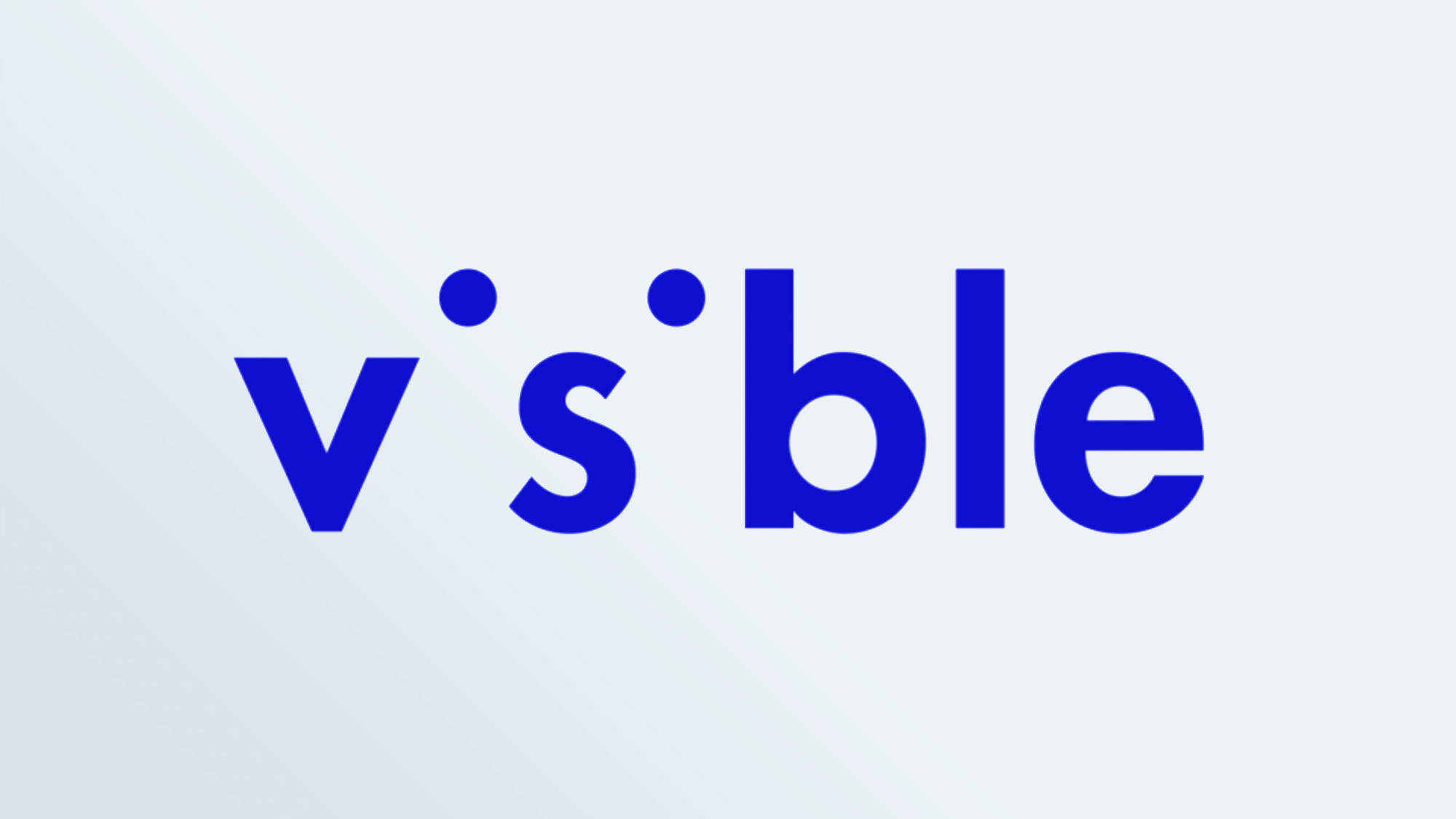
Unlimited data is cheaper than ever at Visible, a Verizon-owned discount carrier. The entry-level Visible plan starts at $25 per month, with taxes and fees included. It’s a bare-bones offering, but the $45/month Visible Plus plan isn’t that much more expensive, and it offers more perks, especially after some recent additions to that plan. A current promotion cuts the price of Visible Plus in half for your first month of service when you use the code ‘HALFOFF’ at sign-up.
Subscribers who pay up for Visible Plus get 50GB of premium data before they see any slowdowns. Visible Plus adds other perks like international calling to more than 30 countries, data roaming when traveling in Mexico and Canada and one Global Pass per month for using your plan when you travel overseas. Visible Plus customers also get faster mobile hotspot data and can connect a smartwatch to their plan at no extra cost. The biggest perk, though, remains access to Verizon’s Ultra Wideband 5G network. (The $25 monthly plan uses Verizon’s slower nationwide 5G for coverage.)
Visible now follows the lead of other low-cost carriers like Mint Mobile by letting you pay for a full year of coverage in advance to get a lower monthly rate. A year of the standard Visible plan costs $275, saving you $25 overall. The savings are bigger with a full-year of prepaid Visible Plus service — paying $395 saves you $145 off the regular cost. Existing customers now have the option of switching to annual rates, too.
Visible got its start as an iPhone-only carrier, though it subsequently added Android phones to the mix, from flagships like the Samsung Galaxy S24 to budget offerings like the Galaxy A35. An early upgrade program lets you switch to a new device after you’ve paid off 50% of your phone. You can also bring your own device to Visible. If you’ve got a Samsung Galaxy or Google Pixel phone that supports eSIM, you can try out Visible for free for 15 days — a perk that iPhone users have long enjoyed with the carrier.
Best way to save
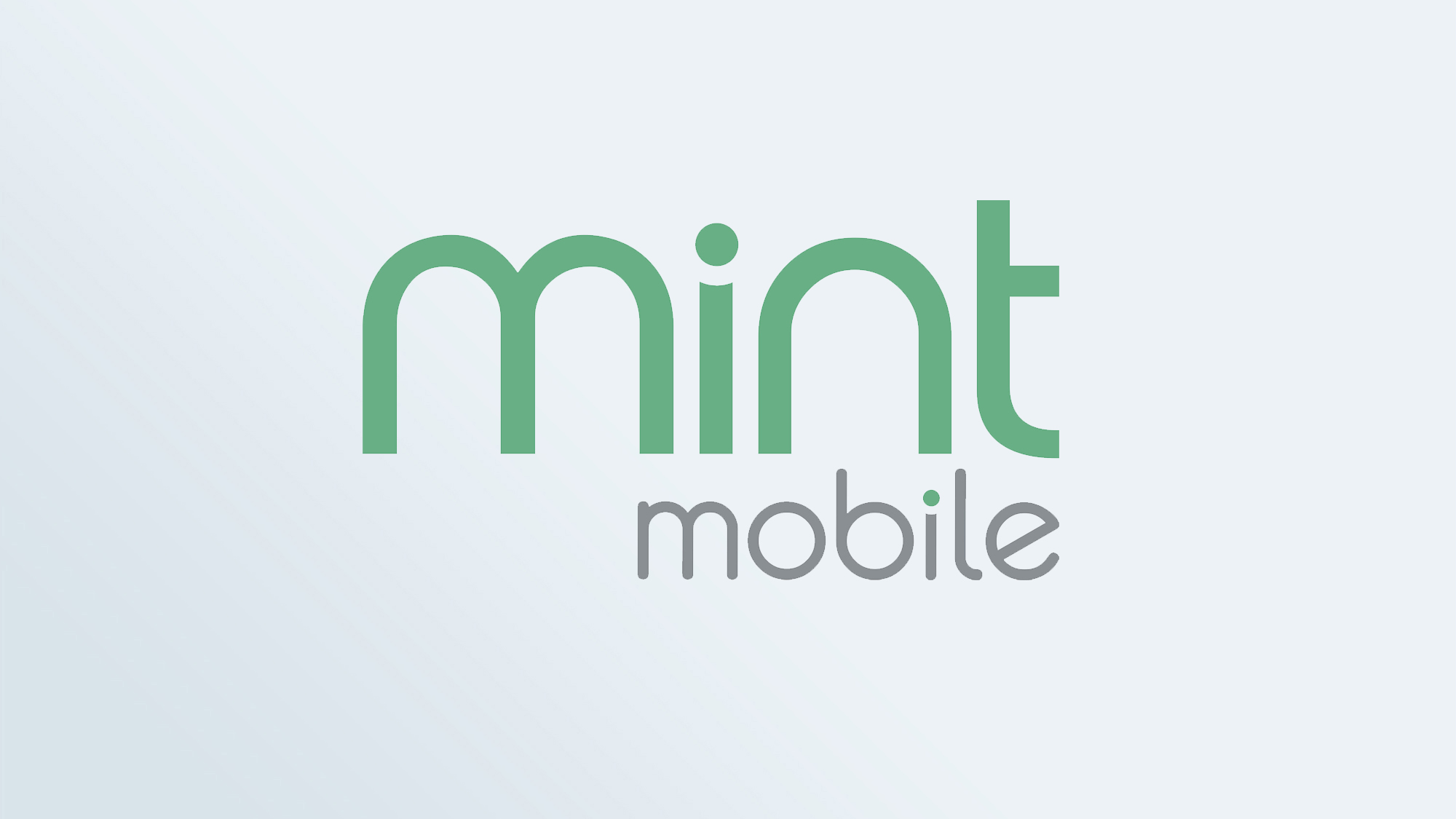
Mint Mobile offers some of the lowest rates around, provided you’re willing to pay for coverage up front. Pricing starts at $15 a month for 5GB of data. To keep that rate beyond your first three months of service, you’ve got to sign up for a year of coverage, limiting your flexibility to change carriers if you’re not satisfied. Mint uses that same approach for all of its plans. We’ve got a look at the pros and cons of paying for a year of cellular service in advance.
Mint has a family plan option, though you won’t see escalating discounts as you add more lines. Instead, every plan on the plan is subject to Mint’s discounted rate for prepaying for service in advance. You’re able to mix and match different plans for each line of data you have.
For most of 2024, Mint has been charging just $15/month for the first three months on every plan, including the unlimited data option. (That’s normally $30/month.) So essentially, you can try out any Mint plan for three months for a total of $45 upfront. After those months are up, the rate returns to its regular cost, and you’ve got to pay for a full year of service to get Mint’s lowest monthly rate. In the case of the unlimited plan, that would be $360 for a full year at $30/month.
Mint’s betting that you’ll want to stick with its service, not just for the lower monthly cost, but also because Mint wireless coverage is available via T-Mobile’s network. So you should expect fast performance if T-Mobile’s coverage is strong in your area. Mint says you’ll get 5G or 4G coverage depending on which signal is stronger — assuming you’ve got a 5G-compatible phone, of course. (T-Mobile now owns Mint, although it sounds like it will be business as usual for both carriers for the foreseeable future.)
Speaking of devices, Mint sells both iPhones and Android handsets, at a wide range of prices. You can also bring your current phone to Mint if you prefer.
Best range of plans
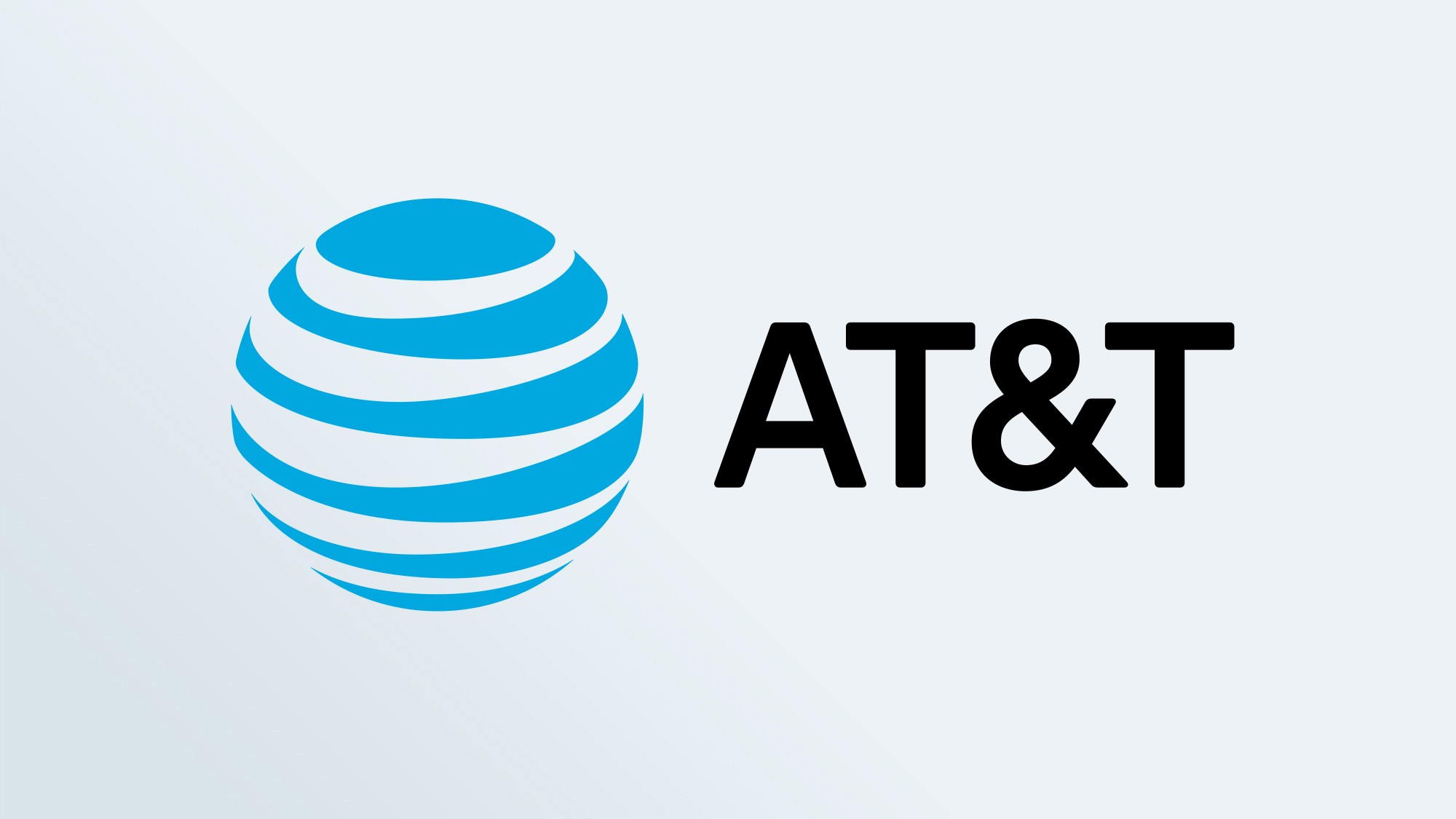
Though it’s one of the Big Three carriers, it’s somewhat easy to overlook AT&T, given the size of Verizon’s network and the headline-grabbing announcements that come out of T-Mobile. But dig beneath the surface, and there’s a lot more to this phone carrier.
Take AT&T’s plans, which seem somewhat pricey if you focus on the $86/month Unlimited Premium option. That particular plan has no cap on data consumption, and you can use talk, text and data for free when traveling in 20 Latin American countries. The $76/month Unlimited Extra and $66/month Unlimited Starter plan round out the main offerings, with fewer perks than what Premium users enjoy.
But if you just need one line of data, it’s hard to beat the $51/month Value Plus plan. It’s free of perks beyond 5G access and the ability to use your plan in Mexico and Canada, but you get unlimited data and 5G coverage for much less than AT&T’s other offerings. (Previously, you couldn’t add multiple lines of Value Plus at a discount, but now AT&T’s website indicates that discounts apply once you add a third line of data.)
AT&T also has some pretty attractive prepaid options, including a deal that gives you unlimited data, with a sizable 16GB cap until your speeds are slowed. To get this plan, you have to pay $300 upfront, but that works out to a rate of $25/month — not bad for that much data.
It should be said that AT&T typically fares well in performance testing. Rootmetrics’ rankings for the first half of 2024 put AT&T in first place for fastest coverage and highest call quality. That said, AT&T did slip to second overall in the rankings after sharing first place with Verizon for the latter half of 2023. In addition to low-band 5G spectrum covering 295 million people, 230 million people now have access to AT&T’s faster mid-band 5G coverage.
Best carrier for travelers
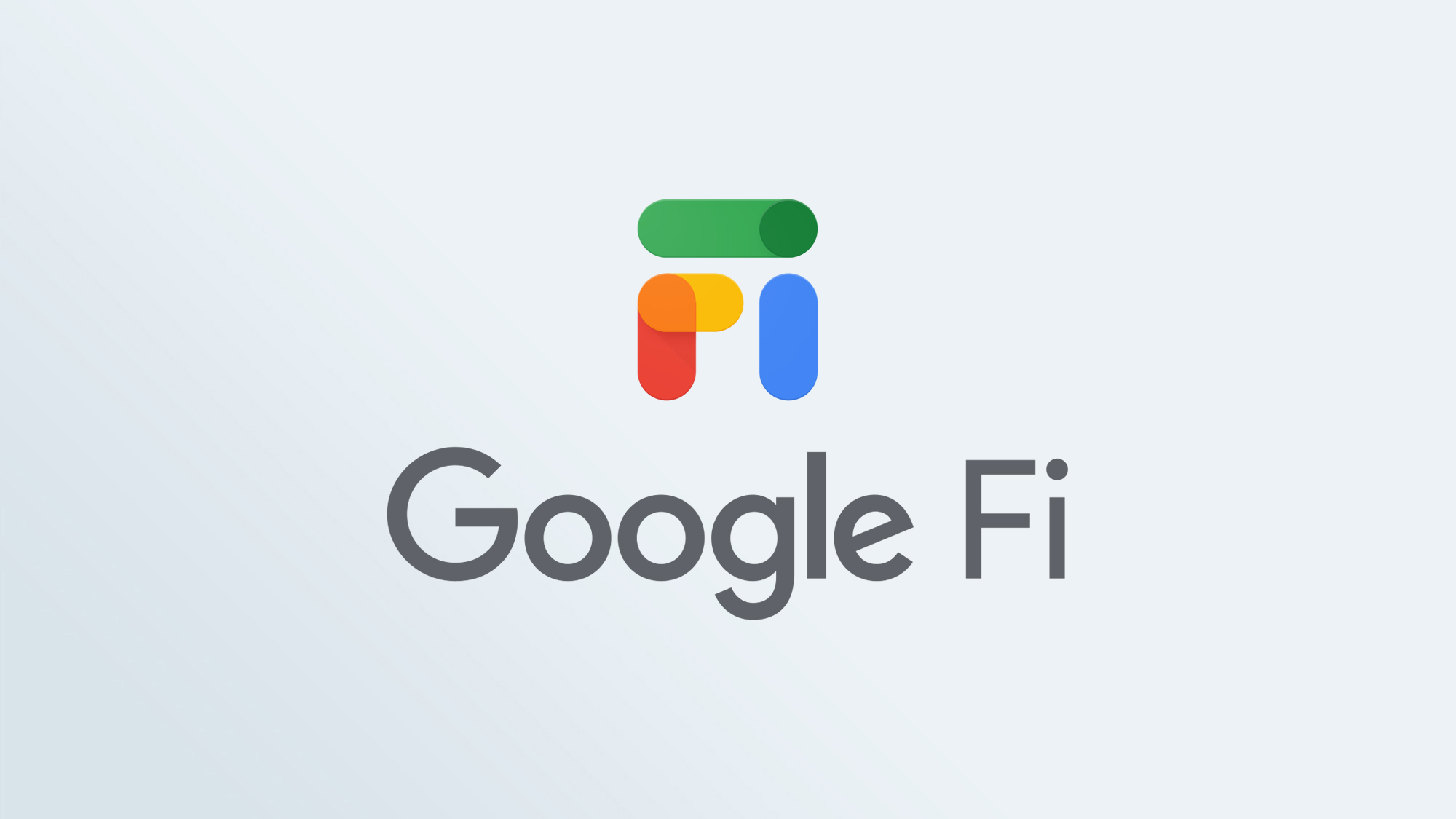
The name has changed to Google Fi Wireless, but the service is essentially the same. And whatever you call it, Google Fi remains the carrier to go to if you buy one of Google’s phones, whether that’s the Pixel 8a or any of the new Pixel 9 models now available from Google.
Pixel devices are optimized for Google’s wireless network, allowing them to seamlessly switch between the carrier providing Google Fi’s coverage — T-Mobile, plus an extended network tapping into other carriers — and secure Wi-Fi networks. Google also sells compatible third-party devices including the Galaxy S24, Galaxy Z Fold 6 and Galaxy Z Flip 6 foldables and several Motorola handsets. You’re not necessarily limited to those phones — iPhones work on Google Fi, too — though those devices won’t enjoy optimized coverage.
Google Fi’s by-the-gig pricing is appealing if you don’t use a lot of data. Google charges you $20 for unlimited talk and text and then just $10 for each gigabyte of data you use. But that’s adjusted to the precise amount of data you consume — if you use 2.5GB, say, you’ll pay $25 instead of Google rounding up to $30.
Unlimited data plans are more compelling, with Unlimited Plus costing $65 a month and featuring the ability to use your data overseas in more than 200 countries at no extra cost; we think it’s one of the best international phone plans (though T-Mobile has the best travel perks among the major carriers). Unlimited Plus also gives you a year’s subscription to YouTube Premium. If you don’t do that kind of traveling, the Simply Unlimited plan costs $50 a month for one line of data, which is more than what Visible and Mint charge for their unlimited options.
You can add select devices like the Samsung Galaxy Watch 7 or Pixel Watch 3 to any Google Fi plan with no extra connection fee — a rarity among wireless carriers.
Best cable service carrier
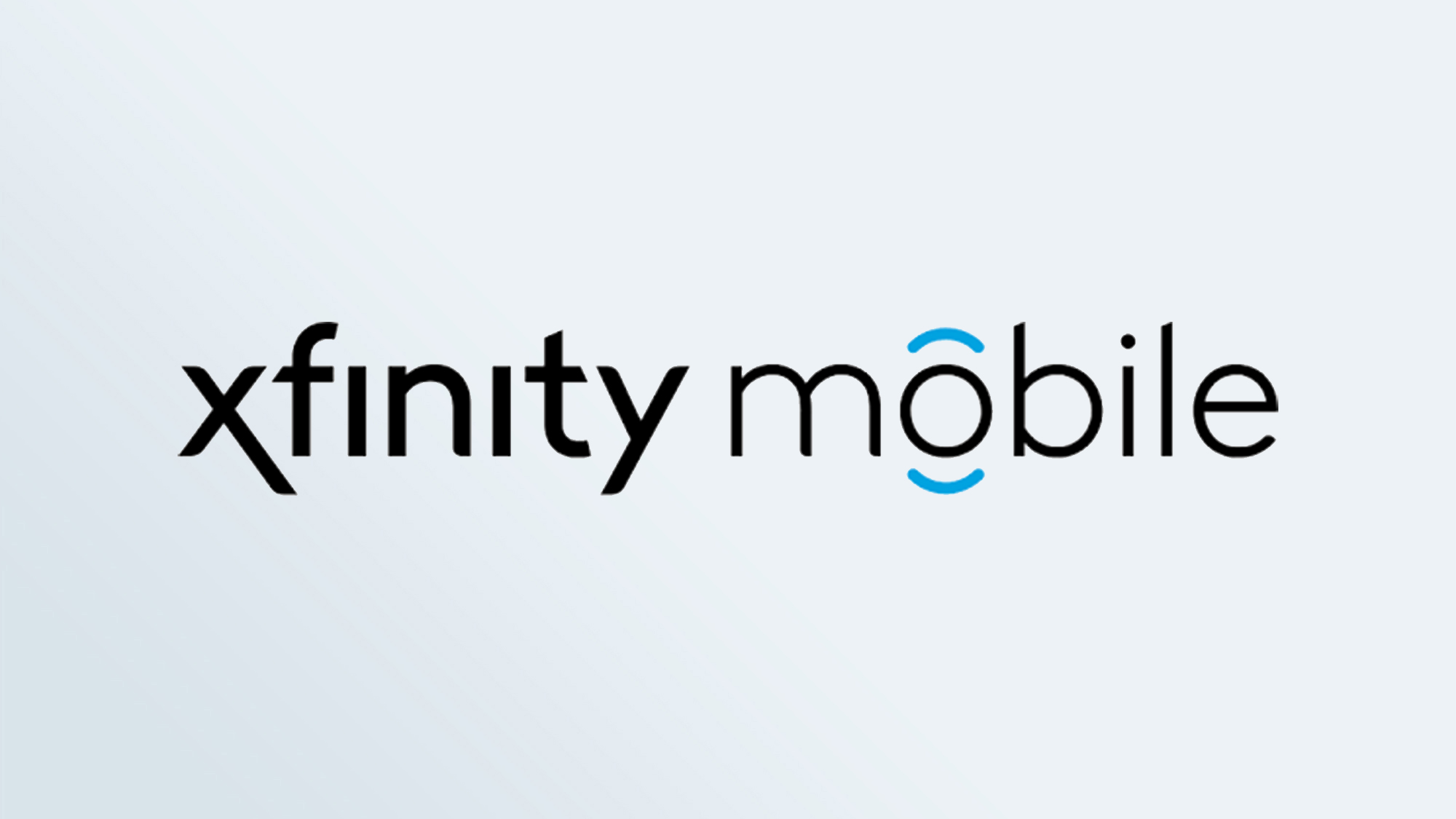
If you already get your internet service from Comcast — and since it’s the nation’s biggest internet service provider, there’s a good chance you do — Xfinity Mobile offers you the opportunity to save money on your monthly phone bill. The Comcast-backed phone carrier uses a combination of Verizon’s cellular towers and Xfinity hotspots to offer nationwide phone coverage.
Xfinity’s best plan for individuals now starts at $40/month. That’s not as cheap as what discount carriers like Visible and Mint charge, but Xfinity’s rate drops as you add more lines. Two lines of unlimited data will cost you $30 per line, while a family of four would pay $25 per line (or $100 total each month). An Unlimited Plus plan is $50/month for one line and includes perks like HD video streaming, 15GB of hotspot data at 5G speeds a bigger cap on data usage before your speeds are slowed (50GB instead of 30GB). Families can mix and match Xfinity’s plan.
If unlimited data is too much for your needs, Xfinity also offers by-the-gig pricing, which is now $20 per gigabyte. That’s pretty pricey when compared to Google Fi’s $10/gigabyte rate, though Google’s service charges another $20 for unlimited talk and text. That’s included in the Xfinity by-the-gig option.
You’ll find a good selection of phones at Xfinity, including the latest iPhone and Android flagships, such as the iPhone 16 and Galaxy S24. These days, Xfinity offers better support for bringing your own device beyond just the iPhone; recent Samsung Galaxy and Google Pixel devices are supported, too, if you already own those phones.
A prepaid carrier with perks

Our best phone carriers guide highlights alternative carriers for T-Mobile (Mint) and Verizon (Visible). But where do you turn to if you want coverage on AT&T’s network without paying AT&T prices? We’d recommend Cricket Wireless, which is owned and operated by AT&T but gives you additional options for wireless coverage.
Cricket has three different unlimited data plans, including one that matches AT&T’s prepaid option in which you pay $300 in advance for a year’s worth of service (a $25/monthly rate). However, we’d steer you toward the $60/month unlimited plan at Cricket. Not only can you pay on a monthly basis, but you also get some very nice perks, including 15GB of hotspot data, 150GB of cloud storage and a subscription to the ad-supported tier of the Max streaming service — something AT&T customers don’t get.
If unlimited data is too much for your needs, you can find two tiered plans at Cricket — a 5GB option for $30 and double the data (10GB) for just $10 more each month.
Cricket offers a wide range of phones, including particularly attractive deals if you don’t mind buying a device that’s a little older than the latest hardware. A 14-day free trial lets you try out Cricket’s service in advance to make sure the carrier’s coverage meets your needs.
Best carrier for seniors
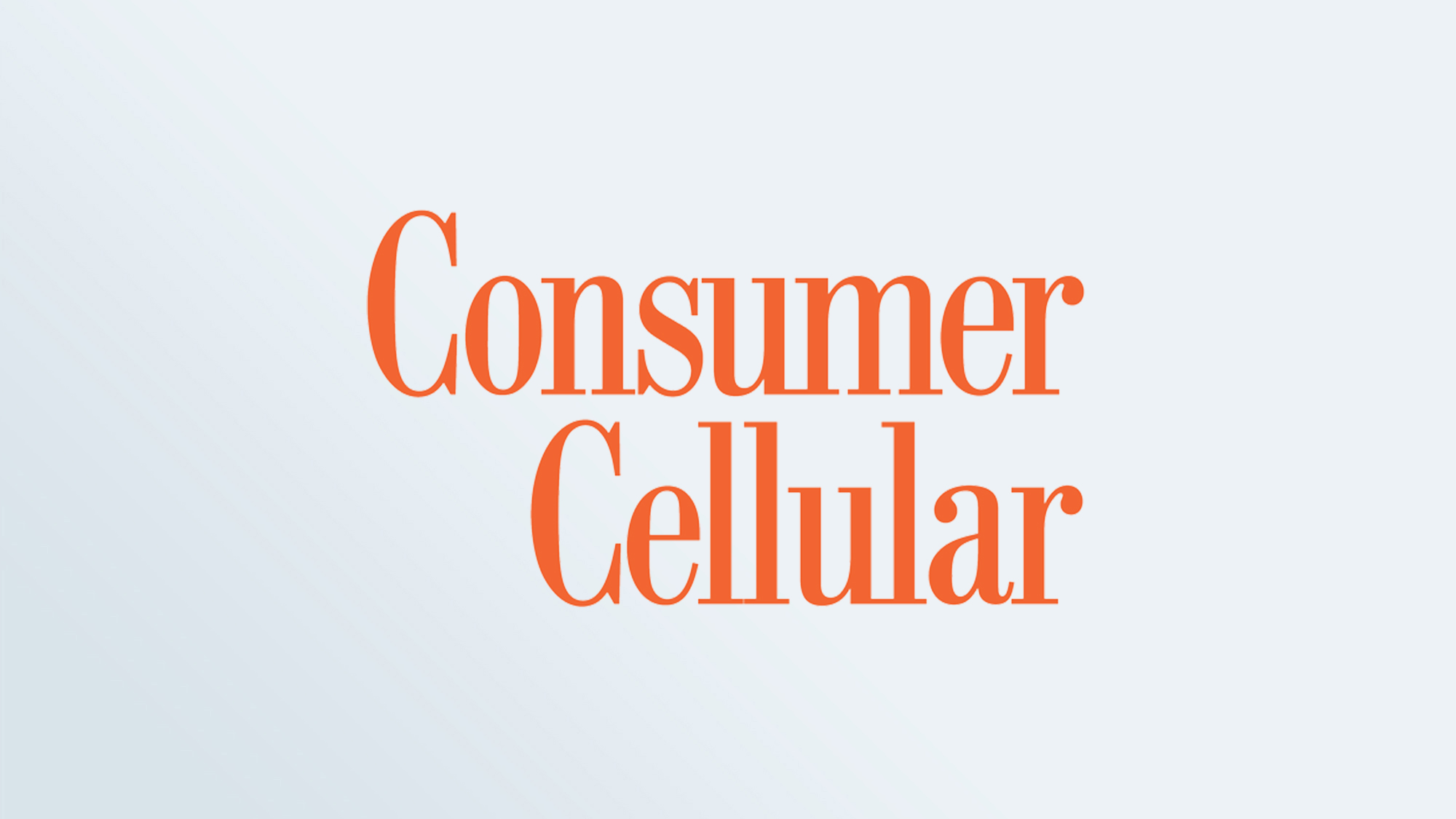
Consumer Cellular is a good option for your cell phone service if you don’t want to pay a lot for a big pool of data, now that the discount carrier has streamlined its plans. Four options remain, and the best one is the 10GB plan — a lot of data for just $35/month.
We wish Consumer Cellular still offered attractively priced plans for people who don’t need a lot of data. But the 1GB plan now costs $20/month — a price that T-Mobile, Mint and others easily beat. The $50 unlimited plan is more than what Visible and Mint charge for their coverage.
Because Consumer Cellular offers an additional 5% discount on monthly rates to AARP members, it’s become a hit with seniors. The carrier uses both AT&T and T-Mobile for its coverage, so it’s likely you’ll get good network performance no matter where you are. (And if you buy a recent iPhone or 5G-ready Android phone through the carrier, you can enjoy 5G coverage.) Consumer Cellular does take some criticism for customer service, but it’s generally regarded as any easy service for managing your plan and keeping your cell phone costs low.
What to look for when choosing a phone carrier
The first thing to consider when determining the best phone carrier for your needs is to figure out who has the best coverage in your area. Concentrate on the places where you spend a lot of time and need cell phone service, such as your home, office and frequent hangouts. Our network performance testing looks at download speeds in select cities, and third-party testing can give you an idea of how networks perform on average. But to truly get a picture of local network coverage, you’ll need to ask friends and family about their experience.
If you’re comfortable looking beyond one of the major cell phone providers, you can always try a discount carrier. These MVNOs turn to the larger networks to provide cellular service, so be sure to find out which network a discount carrier uses to make sure it’s one that provides good service to where you live and work.
Once you’ve figured out which phone carriers offer the best coverage in your areas, look at plans and pricing. You’ll need to figure out how much data you need — whether an unlimited plan is required or if you can opt for a cheaper plan with tiered data. We’ve analyzed the best cell phone plans overall to help you find one that fits your needs.

One other thing to consider when picking carriers is perks that come included with a monthly streaming service subscription. You’ll find more of these with larger carriers, while discount carriers and prepaid cellular service tends to skimp on the extras. Besides streaming services, Popular perks include high-speed hotspot data and the ability to use your plan while traveling overseas.
How we test phone carriers
We’ve previously tested network performance by heading out to eight US cities and running Ookla’s Speedtest app to measure download speeds. For real-world testing, we download a sizable app off of Google Play and time how fast it takes to get the app on a smartphone. The coronavirus pandemic impacted our ability to travel in recent years, so we’ve placed a great weight on network performance reports from third-party firms including RootMetrics, Opensignal and Ookla.
Below, you’ll see a round-up of the most recent data from each third-party testing firm, with the median download speed recorded for each of the three major carriers. (MVNO customers can expect speeds similar to that of their parent network, with the caveat that an MVNO’s speeds might be slowed down if a network is congested.)
| Row 0 – Cell 0 | Ookla | Opensignal | RootMetrics |
| AT&T | 107.8 Mbps | 49.9 Mbps | 140.7 Mbps |
| T-Mobile | 206 Mbps | 139.3 Mbps | 307.6 Mbps |
| Verizon | 112.3 Mpbs | 42.6 Mbps | 152.2 Mbps |
| Period tested | 2Q, 2024 | July 2024 | 1H, 2024 |
We continuously review cell phone plans to compare how much data each carrier offers and how unlimited plans vary at each provider. We also look at the best prepaid phone plans, including extras you have to give up for the lower price to evaluate whether those are good deals or not.
We’ve done customer support testing in the past where we contact carriers incognito to ask them questions both about their service as well as phones they offer. We conduct this undercover testing both over the phone and through social media support accounts on Twitter and Facebook.
Finally, we make a note of the different perks that are available through each carrier, whether it’s plan add-ons like streaming services and hotspot data, regular giveaways or the ability to use data when traveling in other countries.




